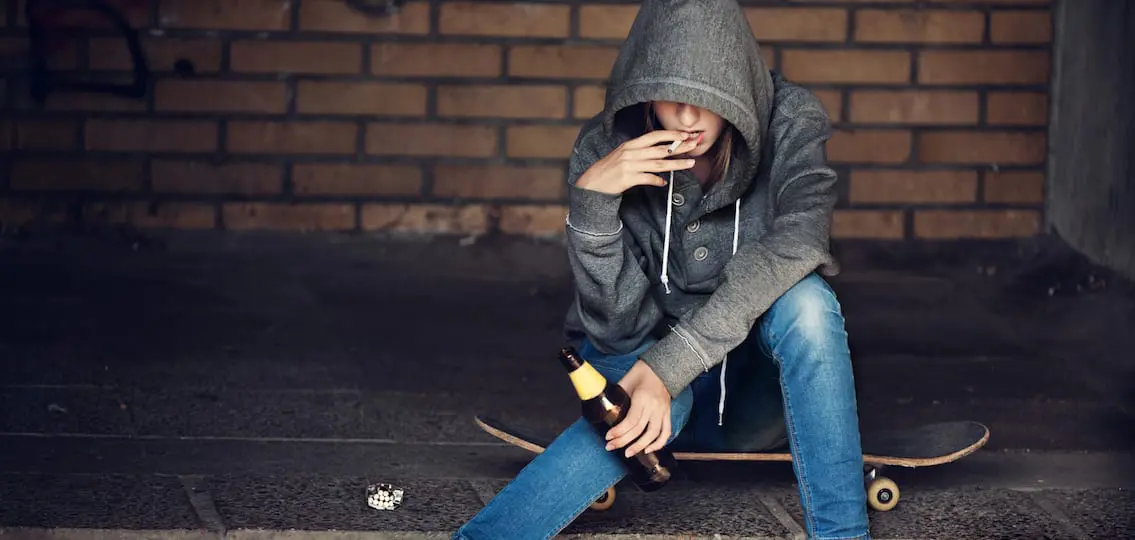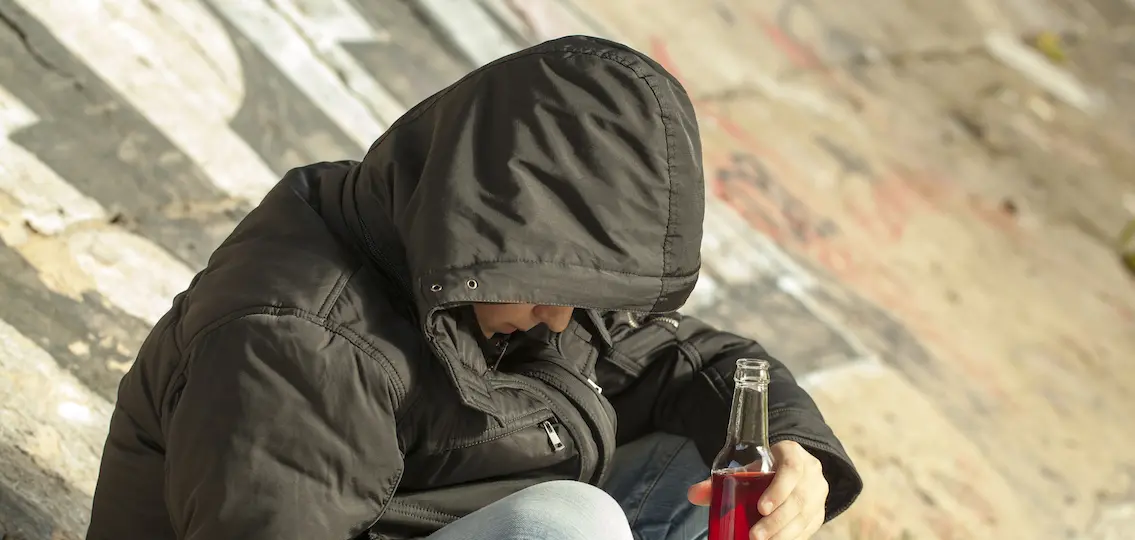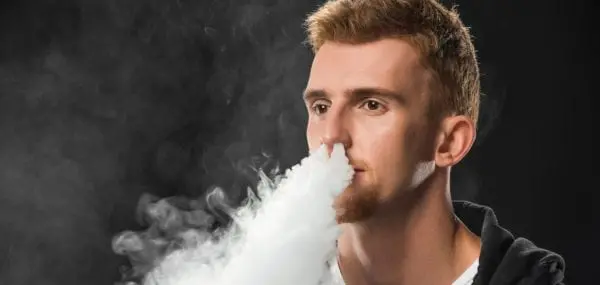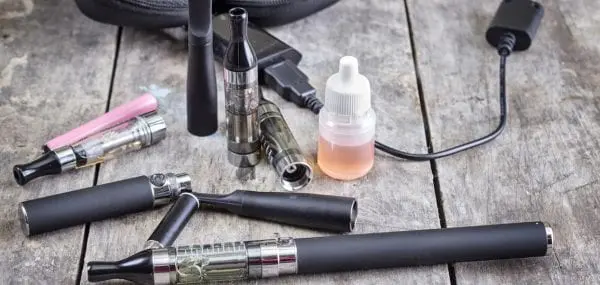Chase Moore started drinking in seventh grade. A star athlete with a promising baseball career, Moore got involved with the wrong crowd and began a downward spiral that culminated in his death at age 23.

Moore’s introduction to drinking isn’t unique. According to the Substance Abuse and Mental Health Administration, one out of every three eighth graders has tried alcohol.
“Even though the usage rates in middle school are lower than in ninth and tenth grade, kids develop the tools to make decisions about drugs and alcohol during middle school,” explains Scott Swartzwelder, Ph.D., professor of Psychiatry and Behavioral Sciences at Duke and Senior Research Career Scientist at the Durham VA Medical Center.
The Middle School Message: Delay, Delay, Delay
“The goal is to delay initiation of alcohol and other drugs as long as possible,” says Elizabeth D’Amico, Ph.D., senior behavioral research scientist at Rand Corp. This is difficult, given the middle school social order. A study published in the Journal of Adolescent Health linked drinking with popularity during the middle school years.
Also, some children enter puberty as early as nine or ten, bringing an early wave of social awkwardness. These early bloomers may turn to drugs and alcohol in middle school to fit in.
What are the Consequences?
Early decisions are critical. The developing brain of a child processes and encodes information differently than an adult brain. The reason children learn more quickly is because their brain is more malleable, Swartzwelder explains. Like a sponge, the adolescent brain easily absorbs information, as well as foreign substances like alcohol and drugs.
The younger a child is when they experiment with drugs or alcohol, the greater their likelihood of experiencing devastating long-term effects, including addiction.
Studies show that drinking translates to poor performance on memory tests and deficits in attention and spatial skills. Repeated exposure to alcohol in adolescence may even affect learning and memory later in life. “The adolescent brain is changing so much that repeated exposure to a substance could alter the trajectory of that development in a way that causes brain circuits to go awry,” Swarzwelder says.
For example, there’s no evidence that using marijuana after age 20 damages the brain, but a growing body of research suggests that adolescent pot-smokers not only have lower IQ scores than their drug-free counterparts, but they’re also more likely to develop psychotic disorders like schizophrenia.
Inhalants—glue, aerosols, paint, and paint thinners—may be equally detrimental. They’re inexpensive and readily available, and they reach the brain in record time, causing brain damage, falls and even death.
How Can We Prevent Adolescents From Turning to Drugs and Alcohol?
Adolescents are less likely to use drugs and alcohol in middle school when their parents are involved in their lives. Experts recommend taking advantage of teachable moments long before drugs or alcohol enter the picture to help middle schoolers understand that what they put into their bodies matters. “It doesn’t have to be some big, hour-long discussion,” D’Amico stresses. “The key is on-going, developmentally appropriate communication.”
You can even make it a game, she suggests. Pose the question: What would happen to the brain after a daily diet of donuts?
Also stress that you are strongly opposed to recreational drugs and underage drinking.
Research shows that parents who articulate that these substances are off-limits are much more likely to have children who refrain from trying them. That said, middle schoolers may still experiment and make mistakes. Some may even get into trouble. But, a strong support system and parental involvement could distinguish the child who gracefully navigates adolescent challenges from the child who turns to drugs and alcohol to reconcile difficult emotions.

“My parents had blinders on,” says Bree Moore-Meloan, Chase Moore’s sister. “I wish that they had faced the truth and gotten my brother into rehab. Who knows? He might be alive today.




